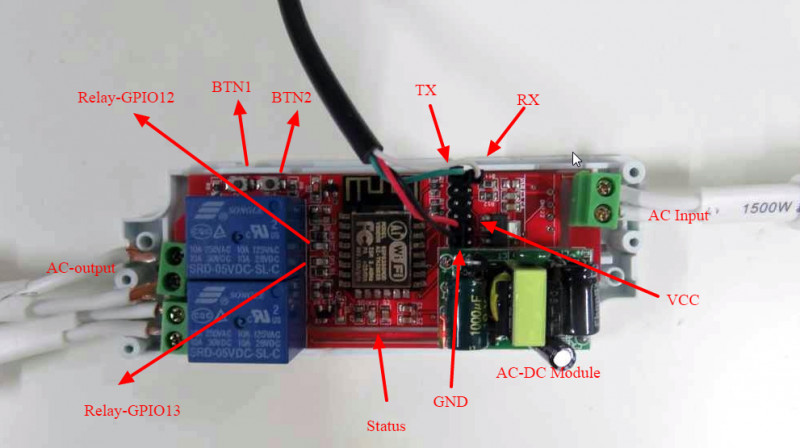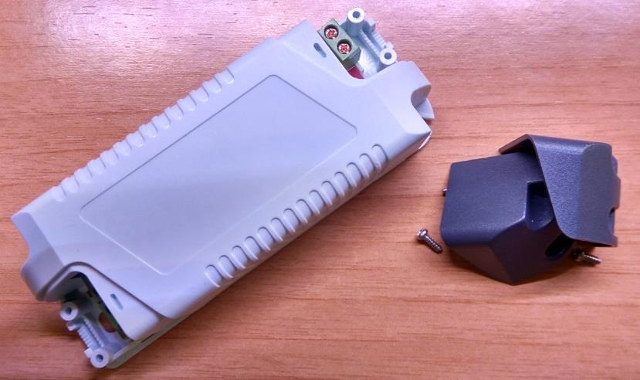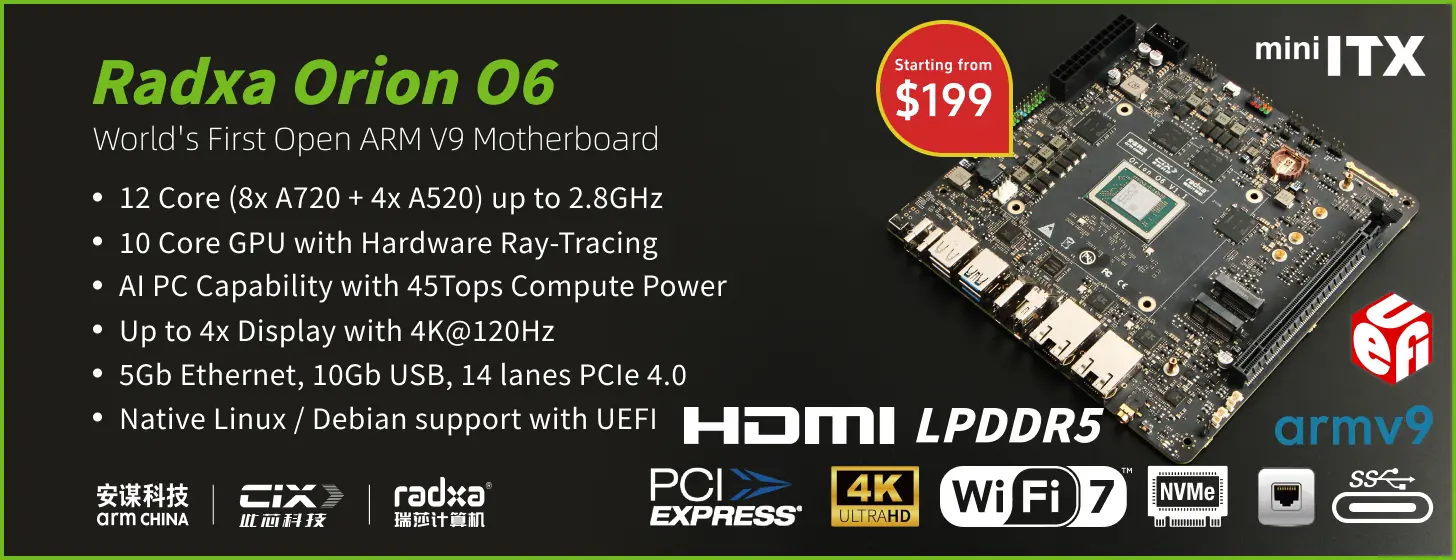Thanks to ESP8266, the cost of WiFi relays has dramatically come down, but so far, I could not find an all-in-one solution with ESP8266, relay, AC power and enclosure, and for example I’m still using NodeMCU board, a relay board, a USB power supply, and put all that into a plastic jar in order to control a water pump. It works but it’s not ideal, and solutions like Wemos D1 mini with relay shield improves things further, but Electrodragon has come with a connect-and-play WiFi IoT relay that integrates everything including the case for $6 + shipping.

Wifi IoT Relay Board Based on ESP8266:
- WiFi module – ESP-12F based on Espressif ESP8266EX WiSoC
- Relays – 2x Songle SRD-05VDC-SL-C relays supporting 125VAC/10A, 250VAC/10A, 30VDC/10A, 28VDC/10A
- Input/Output – 3x terminal blocks for relay and power
- Expansion – 12-pin header with Rx/Tx, GPIO4, Btn2, GPIO15, 5V/GND, ADC, GPIO5, Btn1, OUTPUT1, and 3V3
- Debugging – Serial pins accessible on header for programming the board with your own firmware
- Misc – 2x buttons, 2x LEDs for relay, 1x status LED
- Power – 1x terminal block for AC input; AC 85-265V to DC 5V power module
- Dimensions – N/A, but small 🙂
 The enclosure appears to protect well enough against dust, or a few water drops, but I would not put it under the rain…
The enclosure appears to protect well enough against dust, or a few water drops, but I would not put it under the rain…
The board is pre-loaded with ESP8266 AT firmware, but you can connect a USB to TLL debug to program with the demo code firmware available from the Wiki. The demo firmware used NodeMCU LUA firmware and www.cloudmqtt.com.
I found the product via Pete Scargill Blog, where he has started testing the device, and experimenting with his own firmware.
It’s actually quite similar to IteadStudio’s Sonoff, except it does not support RF, and features two relays instead of just one, and now that the crowdfunding campaign is over, you can purchase it for $4.85 (WiFi only), or $7.20 (WiFi + RF) plus shipping. Both Electrodragon and Iteadstutio provide affordable shipping for a couple of dollars. One more thing they almost certainly have in common is the lack of UL/ETL safety certifications, so that means your insurance may not cover fire hazard if they found this type of products in your home, and they have not been certified to be safe, so you’d have to rely on your own, or the community, judgment. One buyer also noted that “AC lines on the PCB are quite thin”, and Peter also had a similar comment: “the two tracks bringing power right across the board from the mains to the two relays – while being nicely isolated by an air gap which is GOOD, are WAY too thin to handle a total of 20 amps”, so the current design is unlikely to be suitable to handle two high loads at the same time.

Jean-Luc started CNX Software in 2010 as a part-time endeavor, before quitting his job as a software engineering manager, and starting to write daily news, and reviews full time later in 2011.
Support CNX Software! Donate via cryptocurrencies, become a Patron on Patreon, or purchase goods on Amazon or Aliexpress




